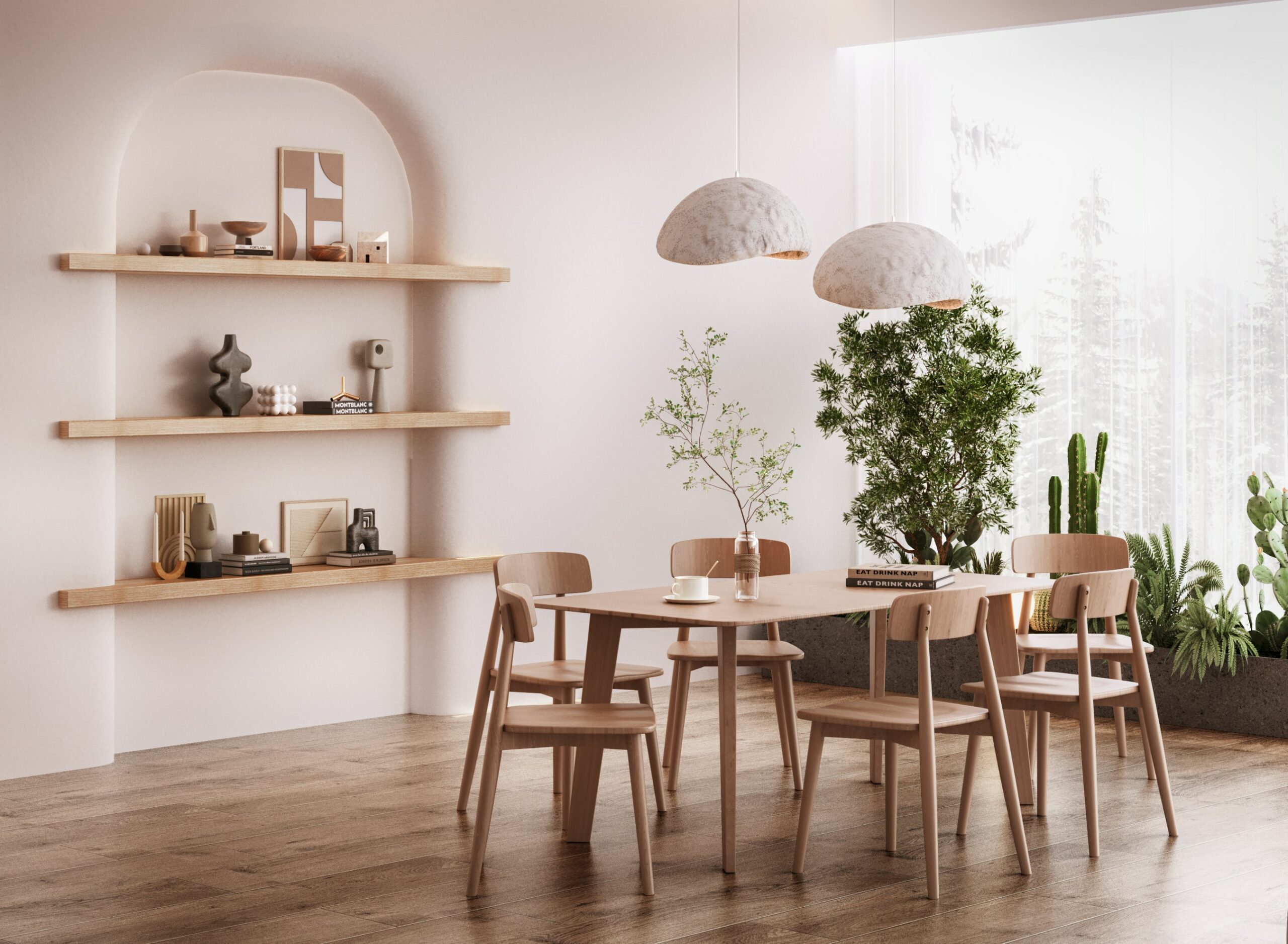Design is a mix of creativity and technology, and nothing brings ideas to life quite like rendering techniques. From the towering structures of architecture to the cozy nooks of interior design, and the sleek lines of industrial and furniture design, all the way to the play of light in lighting design – here are the top 10 rendering techniques that are turning imagination into reality.

- Photorealistic Rendering Architects use photorealistic rendering, a technique that uses 3D rendering software to generate lifelike images and animations using physically based virtual lights, cameras, and materials, to transform blueprints into jaw-dropping visual wonders. This technique creates images so lifelike that you might mistake them for photographs. Imagine standing in the shadow of a building before it’s even constructed – that’s the magic of photorealistic rendering.
- Virtual Staging Ever wondered how designers showcase a space before it’s furnished? Virtual staging uses software to style rooms by adding features such as art, furniture, and lighting to enhance the ambiance. Real estate brokers and interior designers use this technique to add virtual pieces to empty rooms, helping clients envision the final look and feel of their spaces.
- 3D Prototyping A prototype is the first version of a product. It helps make necessary tweaks, acts as a model for duplicates, or serves as a template for making molds. When industrial designers use 3D prototyping, they can bring their ideas to life before actually making the product. This method lets designers physically interact with their designs, check how things work, and make adjustments as needed. In the end, it ensures that the final product turns out just right.
- Augmented Reality (AR) Integration Traditionally, furniture shopping meant viewing items in 2D or 3D on screens. Now, augmented reality (AR) in interior design is elevating 3D visualization. With AR, virtual overlays on your actual surroundings can be seen through your smartphone or tablet. This innovation allows furniture designers and customers to visualize pieces in real-world spaces, making the shopping experience more interactive and immersive.
- Ray Tracing This rendering technique realistically simulates scene lighting and object reflections. Lighting designers use it to mimic how light interacts with space. This technique produces incredibly realistic lighting effects, enabling designers to create the perfect ambiance—a bit like having a personal lighting magician tailoring the mood for each room.
- Sketch Rendering Bringing a touch of the artist’s hand into architectural design, sketch rendering gives a raw and expressive quality to architectural drawings. This technique captures the essence of the initial idea, providing a glimpse into the designer’s creative process.
- Interior Drama: Cinematic Rendering Interior designers are turning to cinematic rendering to tell captivating visual stories. This technique adds drama and flair to design presentations, with dynamic camera angles, compelling lighting, and a touch of cinematic magic to showcase interiors in a whole new light.
- Industrial Sleekness: Surface Finish Rendering Industrial designers utilize surface finish rendering to visualize materials and textures on their products. This technique helps designers select the perfect finish for a product, ensuring it not only looks good on paper but feels just as impressive in reality.
- Furniture Fusion: Mixed Media Rendering Furniture designers are breaking boundaries with mixed media rendering. This technique combines traditional and digital mediums to create visually stunning representations of furniture pieces. It’s a fusion of craftsmanship and technology, resulting in truly one-of-a-kind designs.
- Lighting Drama: Dynamic Lighting Control Lighting designers take center stage with dynamic lighting control. This technique allows designers to manipulate and control lighting elements dynamically, creating a symphony of light that enhances the architectural and design features of a space.

These rendering techniques are the secret ingredients that transform concepts into tangible, awe-inspiring creations. Whether you’re marveling at architectural wonders, exploring the comfort of a virtually staged living room, or admiring the perfect finish on a piece of furniture, these rendering techniques are the magic wand that turns imagination into reality across various design realms.






